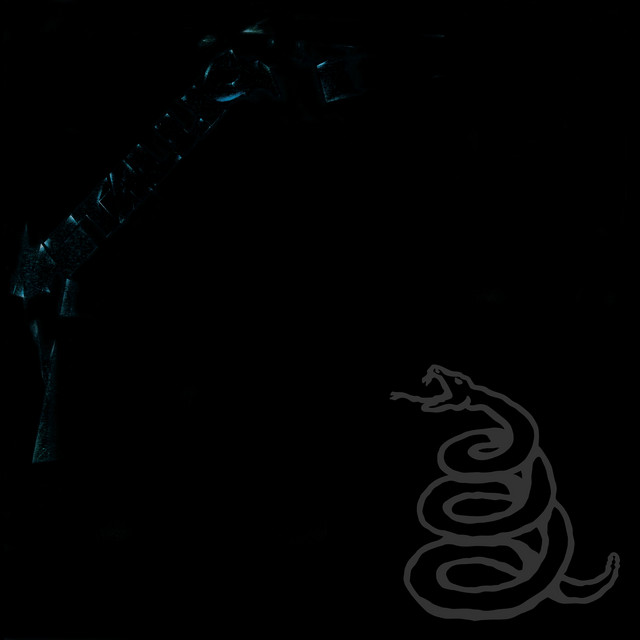Before it became the monster that sold over 30 million copies and redefined what heavy metal could sound like, Metallica’s Black Album was a battleground—between band and producer, complexity and simplicity, the underground and the mainstream. Released on August 12, 1991, this self-titled record was an entire genre bending at the knee. And while the hits are legendary, here are five lesser-known truths behind the album that changed metal forever.
1. It Took 50 Drum Takes to Lock in the “Sandman” Groove
Lars Ulrich didn’t bang out “Enter Sandman” in one sweaty take—far from it. Producer Bob Rock demanded the kind of studio perfection that nearly drove the band off the rails. According to engineer Randy Staub, the drum parts were often recorded section by section, with upwards of 50 takes blended together just to get the groove exactly right. Want to feel the pressure? Try nailing a ride cymbal hit in front of Metallica and Bob Rock—on your 47th attempt.
2. “Sad But True” Was Only Heavy After a Key Drop
Originally written in standard tuning, “Sad But True” didn’t hit like a tank until Bob Rock suggested tuning down to D, a trick he’d used with Mötley Crüe. Once the band made the switch, the riff turned from a solid stomp into an unstoppable force. That one change not only saved the song—it cracked the code for the rest of the album’s heaviness and inspired future metal bands to explore the deeper end of their tunings.
3. Kirk Hammett’s “Unforgiven” Solo Was Last-Minute Emotion
Kirk Hammett didn’t script the solo to “The Unforgiven.” After multiple failed attempts, he delivered the final version in a raw, emotional burst—on instinct. He described it as a “last-minute improvisation,” and that unfiltered passion is exactly why it’s one of his most loved solos. It marked a turning point where Kirk began embracing more expressive, less technical solos in Metallica’s music.
4. Jason Newsted Finally Got to Be Heard
After getting buried in the mix on …And Justice for All, Jason Newsted’s bass finally rumbled with real presence on the Black Album. Under Bob Rock’s guidance, Newsted found a tone that didn’t fight with the kick drum or guitar low-end. It was the first time Metallica sounded like a four-person machine—where every member could be heard, felt, and feared. Jason earned his place in the sonic lineup, and the low end has never been the same.
5. “Nothing Else Matters” Almost Didn’t Happen
James Hetfield wrote “Nothing Else Matters” for himself. It was a personal song, penned while missing his girlfriend on tour, and he never intended it for the band. When Lars Ulrich heard the demo, he insisted it be included. Hetfield was reluctant—it wasn’t “Metallica enough.” But once the orchestral arrangements by Michael Kamen were layered in, it transformed into a timeless anthem that would close out stadium shows and tear down emotional walls for years to come.
The Black Album was Metallica at their most dangerous. It dared to be simpler, slower, louder, and more vulnerable. It dared to drop the speed but raise the stakes. It broke the genre open for generations, and decades later, after 3 billion streams online, it’s still a masterclass in sonic precision, tension, and release.







